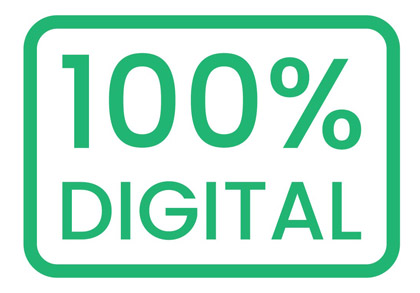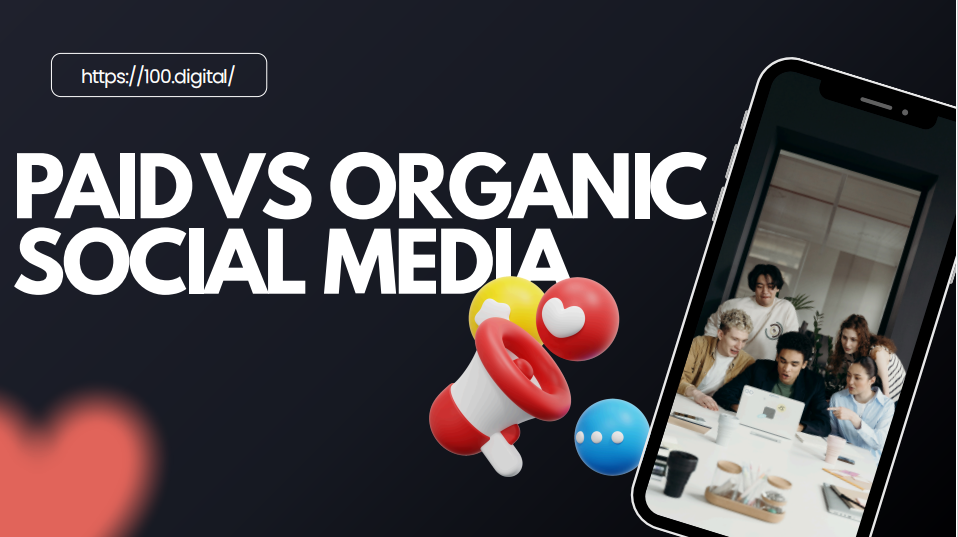Did you know that social media ads are the leading source of brand awareness among internet users aged 16 to 34? This tells us that it’s not just a place of entertainment, but an arena for business to grow and new audience targeting.
However, one thing that might be confusing is understanding paid vs organic social media. Paid social media includes running ads and sponsored content. Organic social media reach, on the other hand, is purely based on posting updates, sharing photos or videos, replying to comments, and interacting with your followers, all for free.
In this blog, we’ll walk you through the real difference between social media advertising vs organic reach, which one is better for you, and how you can blend both for maximum social media ROI.
What’s the Real Difference Between Paid and Organic Social Media?
Let’s have a look at the difference between paid vs organic social media:
-
Organic Social Media
Organic social media reach is slow, but steady. It includes unpaid posts, stories, reels, interacting with your audience, replying to comments, etc. The main purpose is to build a community backed by authenticity. It curates a sense of trust among followers and ensures long-term growth.
However, its limitations include fluctuating online organic reach insights, and it’s mainly dependant on the algorithm of a particular social media platform. You need to be consistent and must have persuasive social media engagement tactics.
-
Paid Social Media
Paid social media is comparatively faster than organic social media. It primarily includes boosted posts, display ads, PPC, etc. You must have seen ‘ad’ or ‘sponsored’ written under some posts you see online; they are a part of paid social media.
It’s like offline advertising, where you pay to increase your visibility. It targets a specific audience and ensures a certain reach for your page. The social media ROI is measurable. It’s great for increasing your brand’s visibility in a short time.
However, this type of advertising can be a little expensive, especially in case of competitive industries. Since the ads are shown to a certain audience of your choice, it might feel a little repetitive to the audience.
Facebook Ads vs Organic Posts
Some of the advertising options on Facebook deliver content to a highly targeted audience, enabling immediate reach and measurable results. For instance, an advertisement for a sale at 50% off ensures that at least thousands have seen it on the platform and are likely to click on it and convert higher.
On the other hand, organic posts about the same sale depend entirely on the followers online at that point, along with a complex course of aid rendered by the Facebook algorithm, resulting in drastically lower organic reach insights and organic engagement rate.
In conclusion, ads win for reach and conversions. Organic content excels at building long-term relationships and authenticity through ongoing community engagement. Both work best together.
Which One Drives Better Social Media ROI?
Paid ads are mainly for short-term measurable outcomes, such as lead generation, website traffic, or sales. Audience targeting is specific to your choice, and it drives quick results. If you want to promote any time-sensitive campaigns or product launches, paid social media is your way to go.
Organic social media, however, is great for those who want to generate long-term and steady social media ROI. Organic activities, such as posting regularly, interacting with your audience, and overall having a robust and consistent social media strategy, are crucial for growth. As your follower growth builds, it caters to a long-term and credible brand image.
How to Blend Paid vs Organic Social Media?
Blending both paid and organic marketing is the key to robust social media engagement tactics:
- Use paid to grow organic content – Curate catchy organic content, and then back it by paid marketing to target a vast audience. Let your organic content reach a new audience through paid marketing.
- Gather a new audience with paid, and nurture with organic – Paid marketing is great for capturing a new audience. Harness this opportunity and then feed your audience with engaging organic content to retain them in the long term.
- Retarget and re-engage – Paid “retargeting ads” is a feature to bring the organic audience who once visited your page back through paid ads. This keeps your brand top-of-mind and encourages conversions.
- Measuring paid & organic campaign success – What is your main target? Do you want more conversions, followers, or views? Analyze your metrics and then act accordingly.
- Test and learn – See what works on your page and what your audience likes more. Experiment with different types of content to find out your core voice.
Wrapping Up!
In a nutshell, social media advertising vs organic reach are not competitors. Instead, they are two sides of the same coin. When combined thoughtfully, you can come up with a robust strategy that can take your social media ROI to new heights.
Audience targeting through paid ads and then retaining them using organic social media engagement tactics is the key. Retarget the old audience and bring them back to your page. When merged properly, you can get both long-term and short-term benefits, which are both crucial for your page.
Combining paid vs organic social media is an art, and you’ll eventually master that after figuring out what your audience wants.
Ready to take your digital presence to the next level? Start experimenting with your own paid + organic strategy today, or connect with 100 Digital to craft one tailored for your brand!

